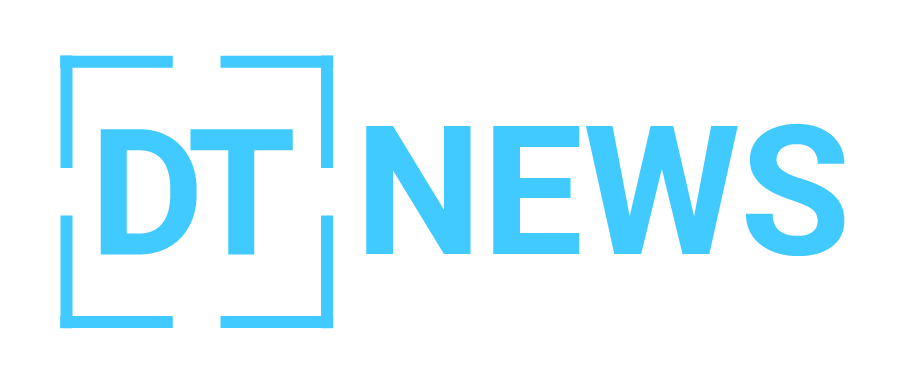According to the latest reports, the XRP Ledger (XRPL) has welcomed its first MiCA-compliant euro stablecoin. On May 22, Ripple and Schuman Financial announced the launch of EURØP, a fully euro-backed stablecoin that meets the European Union’s Markets in Crypto-Assets (MiCA) regulatory framework. This is the first euro-denominated stablecoin on XRPL that meets the strict compliance requirements of MiCA.
- XRP Ledger Enters Regulatory Mainstream With MiCA Alignment
- EURØP Brings Institutional Utility in Payments, Tokenization
- XRPL adds more stablecoins with global pegged currencies
- Conclusion: A template for other Euro stablecoins?
- FAQs
- What is MiCA?
- What makes EURØP different from other euro stablecoins?
- Who regulates the issuer of EURØP?
- How will EURØP be used on XRPL?
- Is EURØP live?
- Glossary
Martin Bruncko, CEO of Schuman Financial said:
“EUROP on the XRPL combines the resilience of a global blockchain with euro native liquidity and compliance at its core. This is the infrastructure for the next wave of financial innovation in Europe.”
With the launch of EURØP, institutional grade euro settlements and compliant tokenization of real world assets (RWAs) on chain becomes a reality. The stablecoin is 1:1 backed by euros, with reserves held at top tier banks, including Société Générale and audited by KPMG. It is issued by Paris based Schuman Financial, a digital finance company regulated by the French Prudential Supervision and Resolution Authority (ACPR).
XRP Ledger Enters Regulatory Mainstream With MiCA Alignment
The launch of a MiCA-compliant euro stablecoin on XRPL is another step towards Ripple’s vision of building a regulated digital finance infrastructure in Europe. In a statement, Ripple said:
“This is a big step towards bringing compliant euro denominated stablecoins into active use on one of the world’s most widely used blockchains.”
MiCA, which started its stablecoin supervision regime in June 2024, is designed to standardize rules for issuers of asset referenced and e-money tokens across the European Economic Area (EEA). By requiring regular disclosures, independent audits and licensing, MiCA’s stablecoin provisions aim to eliminate systemic risk and improve consumer protection in the crypto space.

With EURØP fully compliant and supervised by ACPR, its presence on XRPL makes the blockchain more attractive to financial institutions looking for a trusted euro settlement layer. European regulators will start enforcing MiCA’s asset referenced token rules in July 2025 and EURØP is one of the first to align before that deadline.
EURØP Brings Institutional Utility in Payments, Tokenization
Beyond regulatory, EURØP brings new utility to XRPL. Ripple said the stablecoin is “euro native” and designed for settlement use cases from retail payments and business transactions to decentralized finance and tokenized real world asset flows.
Cassie Craddock, Ripple’s Managing Director for the UK and Europe said:
“The launch of EURØP on the XRP Ledger shows how stablecoins can meet the MiCA standards while opening up new onchain use cases such as payments and real world asset tokenization.”
Launched in 2012, XRPL reportedly has processed over 3.3 billion transactions, has over 6 million wallets and is maintained by a decentralized validator set. This history, combined with institutional grade upgrades like native stablecoin support and automated market maker functionality, makes XRPL the natural home for compliant stablecoins like EURØP.
Schuman Financial’s registration in France gives EURØP a legal presence in all EEA countries under MiCA’s passporting rules.
France was the first EU country to adopt the MiCA aligned “enhanced” registration for crypto service providers in April 2024 and ACPR has since accelerated stablecoin oversight.
XRPL adds more stablecoins with global pegged currencies
Ripple also announced the addition of another stablecoin, USDB, on this same day EURØP was launched. USDB is a dollar pegged stablecoin developed by Braza Group and backed by a diversified reserve of U.S. and Brazilian bonds. While USDB is not MiCA regulated, its deployment on XRPL shows the network is becoming the home for asset backed digital currencies with real world collateral.
Together EURØP and USDB demonstrate XRPL’s goal beyond XRP utility, to more liquidity solutions for regional markets. This is in line with industry trend where regulatory clarity and fiat backed digital assets are driving new use cases.

Conclusion: A template for other Euro stablecoins?
EURØP’s compliance first approach could be a template for other euro stablecoin issuers currently seeking regulatory alignment. Currently, several euro pegged tokens are operating with limited oversight and the European Central Bank has warned against the proliferation of unaudited or poorly backed digital euros.
The European Banking Authority (EBA) recently published guidelines for stablecoin issuers to have robust capital buffers, disclosures and reserve quality. With MiCA enforcement deadlines approaching fast, EURØP is a live example of what full regulatory compliance looks like in practice.
As Ripple continues to promote XRPL as an “institutional-grade” blockchain, the EURØP launch could serve as a template for integrating future euro-denominated stablecoins into MiCA-compliant ecosystems.
FAQs
What is MiCA?
MiCA (Markets in Crypto-Assets); is the European Union regulatory framework for crypto assets within the EEA. It provides legal clarity for asset-referenced tokens, stablecoins and crypto service providers.
What makes EURØP different from other euro stablecoins?
EURØP is the first euro-backed stablecoin on the XRP Ledger that is fully MiCA compliant. It is issued by a licensed financial institution, audited by KPMG and backed 1:1 by fiat euros.
Who regulates the issuer of EURØP?
EURØP is issued by Schuman Financial, regulated by the French Prudential Supervision and Resolution Authority (ACPR).
How will EURØP be used on XRPL?
EURØP enables euro-denominated transactions, DeFi activity and tokenized asset settlements on XRPL, a public blockchain known for low fees and high throughput.
Is EURØP live?
Yes, EURØP launched on May 22, 2025 and is live on the XRPL network.
Glossary
MiCA: European Union regulation for digital asset oversight.
Stablecoin: Digital asset pegged to the value of a fiat currency; used for payments or trading.
XRPL (XRP Ledger): Decentralized blockchain network developed by Ripple Labs for fast and low-cost digital asset transfers.
ACPR: French Prudential Supervision and Resolution Authority; regulator of financial institutions and crypto firms in France.
Tokenization: Converting real-world assets (RWAs) into digital tokens on a blockchain.



















































































































